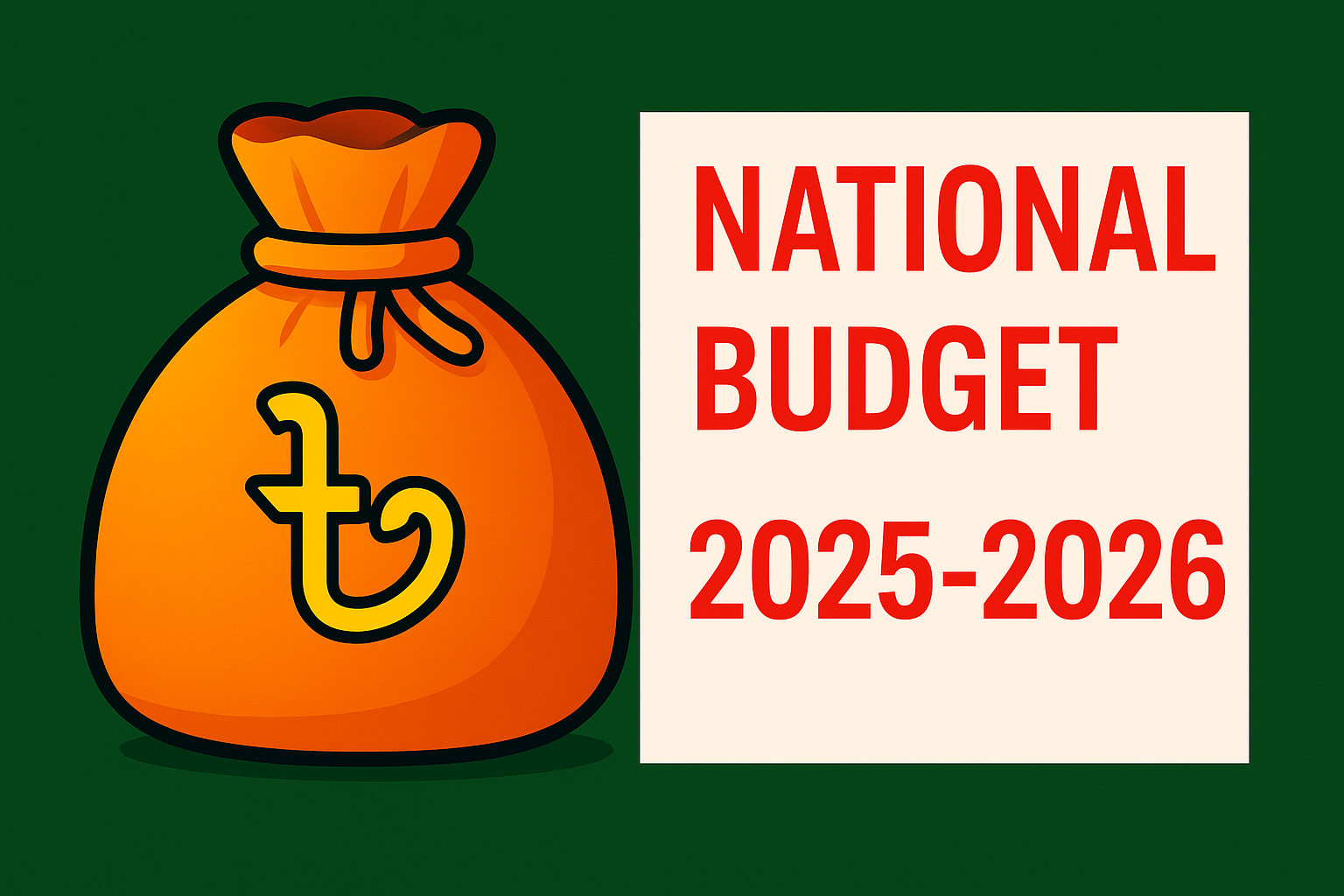The interim government’s advisory council has approved a national budget of Tk7.90 lakh crore for the 2025–26 fiscal year. The approval was given at a meeting today, presided over by Chief Adviser Dr Muhammad Yunus. Following this decision, the overall structure of the proposed budget will remain mostly unchanged, except for a few minor revisions.
This year’s budget eliminates the controversial provision allowing the legalization of undisclosed wealth, popularly known as the “black money whitening” scheme. As a result, investing in flats or buildings to legitimise illegal earnings will no longer be permitted.
With no functioning parliament at present, the traditional process of parliamentary debate and voting was bypassed in the passage of this budget. The budget will come into effect from July 1. However, following its announcement, public feedback was collected via the Finance Ministry’s website until June 19.
The GDP growth target for the new fiscal year has been set at 5.5 percent.
To finance the deficit, the government plans to borrow a total of Tk2.26 lakh crore — Tk1.25 lakh crore from domestic sources and Tk1.10 lakh crore from foreign lenders.
In the 2024–25 fiscal year, the main budget allocated Tk7.97 lakh crore across 62 ministries and departments. However, under the revised budget, an additional Tk1.30 lakh crore was allocated to 10 ministries and departments, while allocations for the remaining 52 ministries and departments either stayed the same or were reduced.
Notably, this is the first time in Bangladesh’s history that the overall size of a national budget has been reduced compared to the previous fiscal year. Financial Adviser Salehuddin Ahmed presented the proposed budget on June 2, and the total allocation is 0.9 percent smaller than last year’s.


